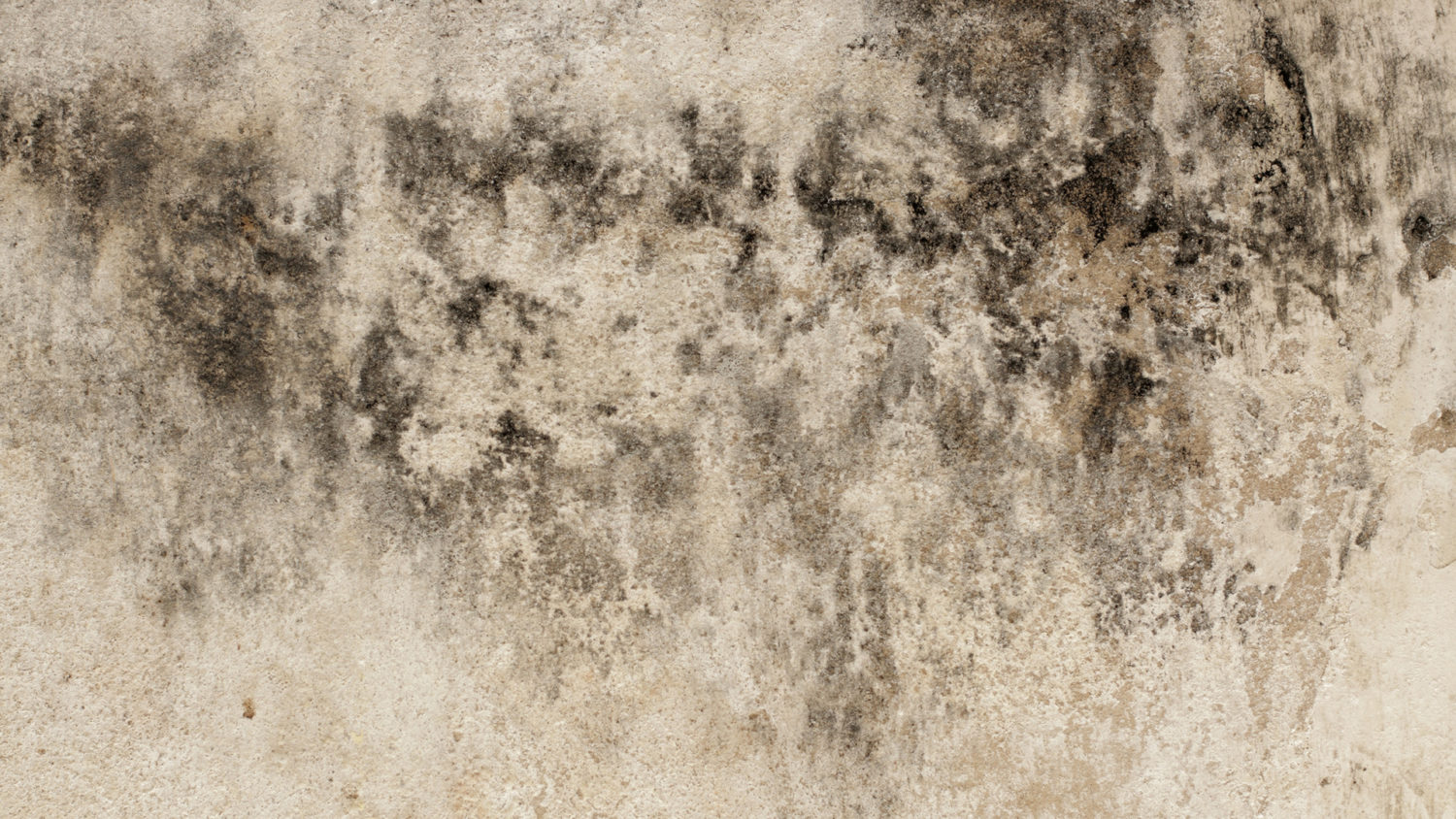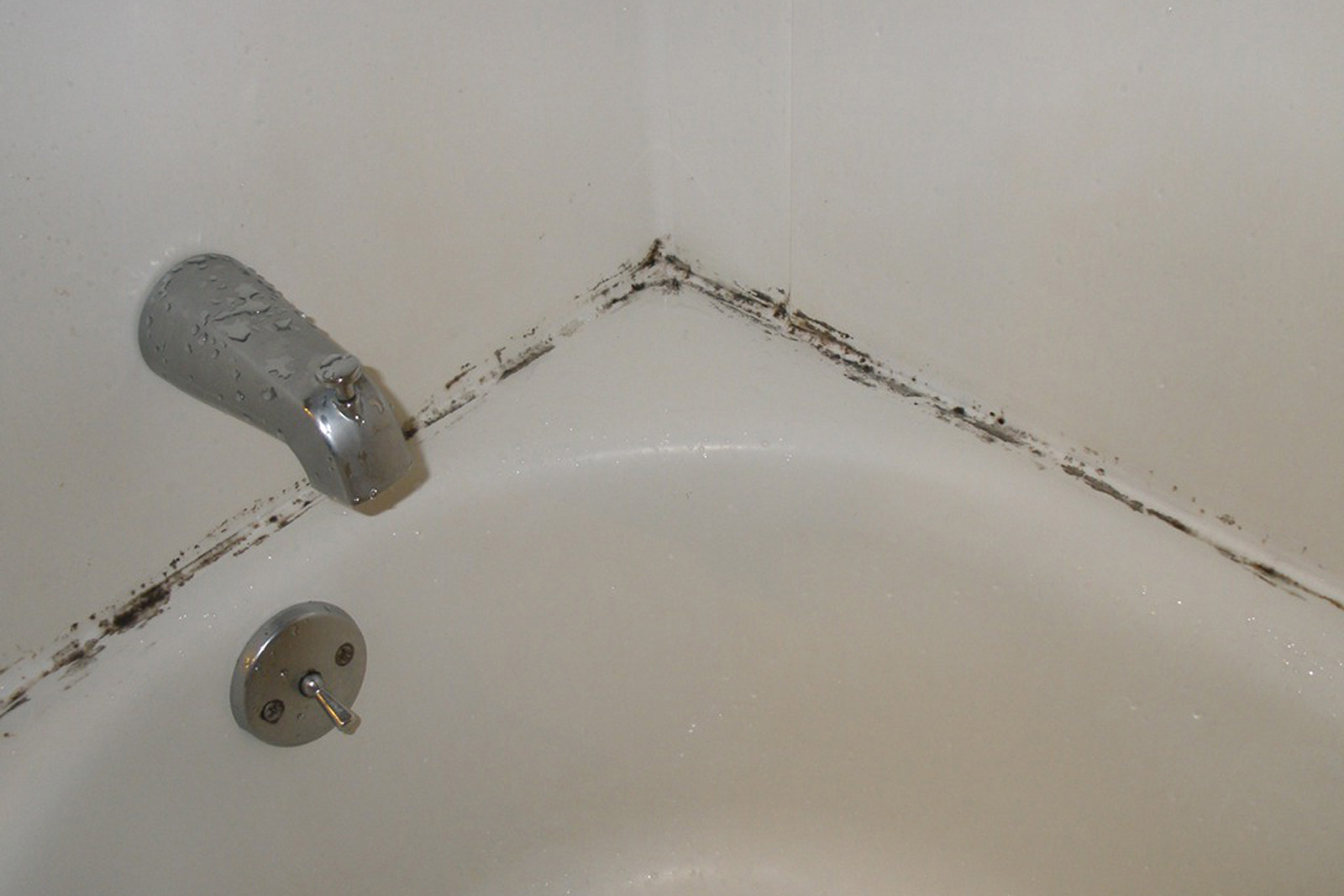Understanding Mold Growth in Bathrooms

Mold growth in bathrooms is a common problem that can be a source of health concerns and aesthetic issues. Bathrooms, with their high humidity levels and constant exposure to moisture, provide the perfect breeding ground for mold spores.
Causes of Mold Growth in Bathrooms
Mold thrives in damp environments, and bathrooms are particularly susceptible due to their inherent moisture. The following factors contribute to mold growth:
- High Humidity Levels: Bathrooms generate a lot of moisture from showers, baths, and even everyday activities like brushing your teeth. If the humidity isn’t properly controlled, it can create a conducive environment for mold growth.
- Poor Ventilation: Adequate ventilation is crucial for removing excess moisture from the air. Without proper ventilation, the humidity levels remain high, promoting mold growth.
- Water Damage: Leaky pipes, overflowing sinks, and even condensation can cause water damage, creating a breeding ground for mold.
Factors Contributing to Mold Growth, Anti mold paint for bathroom
The combination of high humidity, poor ventilation, and water damage creates an ideal environment for mold growth.
- Humidity: Mold spores are present in the air, but they need moisture to germinate and grow. Bathrooms typically have high humidity levels, making them prone to mold growth.
- Ventilation: Ventilation helps remove excess moisture from the air, reducing humidity levels and making it difficult for mold to thrive. Inadequate ventilation can lead to the buildup of moisture, which promotes mold growth.
- Water Damage: Water damage creates a moist environment that is perfect for mold growth. Even small leaks can lead to mold growth if they are not addressed promptly.
Tips for Preventing Mold Growth in Bathrooms
Preventing mold growth in bathrooms requires a proactive approach to address the contributing factors:
- Control Humidity: Use an exhaust fan during and after showers to remove excess moisture. Consider using a dehumidifier to further control humidity levels.
- Ensure Proper Ventilation: Ensure your bathroom has adequate ventilation by checking the exhaust fan and making sure it is working properly. Open windows when possible to allow for air circulation.
- Address Water Damage: Repair leaky pipes and faucets promptly. If you have a water damage issue, contact a professional to address it.
- Clean Regularly: Regularly clean your bathroom to remove mold spores and prevent them from accumulating. Use a mold-killing cleaner and focus on areas prone to moisture buildup, such as shower walls, grout, and the bathroom ceiling.
Benefits of Anti-Mold Paint for Bathrooms: Anti Mold Paint For Bathroom

Anti-mold paint offers numerous advantages for bathroom environments, where moisture and humidity create ideal conditions for mold growth. This specialized paint provides a robust defense against mold, safeguarding your bathroom’s aesthetics and promoting a healthier living space.
Protection Against Mold Growth
Anti-mold paint acts as a barrier against mold growth, preventing spores from attaching and colonizing surfaces. This is achieved through the inclusion of special additives, such as fungicides, that inhibit mold development.
Anti-mold paint provides a proactive defense against mold growth, creating a hostile environment for spores to thrive.
Comparison to Traditional Paint
Traditional paint, while providing a decorative finish, offers minimal protection against mold growth. In contrast, anti-mold paint provides a long-lasting and effective barrier, preventing the unsightly and potentially harmful effects of mold.
- Anti-mold paint contains fungicidal additives that actively inhibit mold growth, unlike traditional paint.
- The special formulation of anti-mold paint creates a surface that is less hospitable to mold spores, preventing their attachment and colonization.
Long-Term Benefits of Anti-Mold Paint
Investing in anti-mold paint offers long-term benefits, promoting a healthier and more aesthetically pleasing bathroom environment.
- Reduced Health Risks: Mold growth can trigger allergies, asthma, and other respiratory issues. Anti-mold paint mitigates these risks by preventing mold from flourishing in your bathroom.
- Enhanced Aesthetics: Mold stains and discoloration can detract from the appearance of your bathroom. Anti-mold paint helps maintain a fresh and clean look, preserving the beauty of your bathroom surfaces.
- Cost-Effectiveness: Anti-mold paint can save you money in the long run by preventing costly mold remediation efforts. Regular painting with anti-mold paint can help avoid the need for extensive mold removal and repairs.
Choosing the Right Anti-Mold Paint for Bathrooms

Selecting the appropriate anti-mold paint for your bathroom is crucial for maintaining a healthy and hygienic environment. Understanding the specific needs of your bathroom surfaces and the properties of different paint types will help you make an informed decision.
Types of Anti-Mold Paint
Anti-mold paints are specifically formulated to prevent the growth of mold and mildew on surfaces. They contain fungicidal agents that inhibit the growth of these microorganisms. Here’s a breakdown of the common types of anti-mold paint:
- Water-Based Paint: These paints are environmentally friendly and easy to apply. They typically have low VOC (Volatile Organic Compound) emissions, making them a good choice for indoor use. Water-based anti-mold paints are generally suitable for walls and ceilings.
- Oil-Based Paint: Oil-based paints are known for their durability and resistance to moisture. They offer excellent protection against mold and mildew but can be more difficult to apply and clean up. Oil-based paints are typically used for surfaces that require a more robust finish, such as trim and doors.
- Epoxy-Based Paint: Epoxy-based paints are highly durable and resistant to moisture, chemicals, and abrasion. They are ideal for surfaces that are exposed to heavy wear and tear, such as bathroom floors and tubs. However, epoxy-based paints can be more challenging to apply and require proper preparation.
Choosing the Right Paint for Different Surfaces
The type of anti-mold paint you choose should be compatible with the surface you are painting. Here’s a guide to selecting the best paint for different bathroom surfaces:
| Surface | Recommended Paint Type | Explanation |
|---|---|---|
| Walls and Ceilings | Water-Based or Oil-Based | Water-based paints are a good choice for most bathroom walls and ceilings due to their ease of application and low VOC emissions. Oil-based paints offer greater durability and moisture resistance. |
| Tubs and Showers | Epoxy-Based or Moisture-Resistant Acrylic | Epoxy-based paints are ideal for tubs and showers as they provide exceptional durability and resistance to moisture, chemicals, and abrasion. Moisture-resistant acrylic paints are a good alternative for tubs and showers, offering a good balance of durability and ease of application. |
| Trim and Doors | Oil-Based | Oil-based paints are a good choice for trim and doors as they provide excellent durability and moisture resistance. They can also withstand the wear and tear associated with frequent use. |
